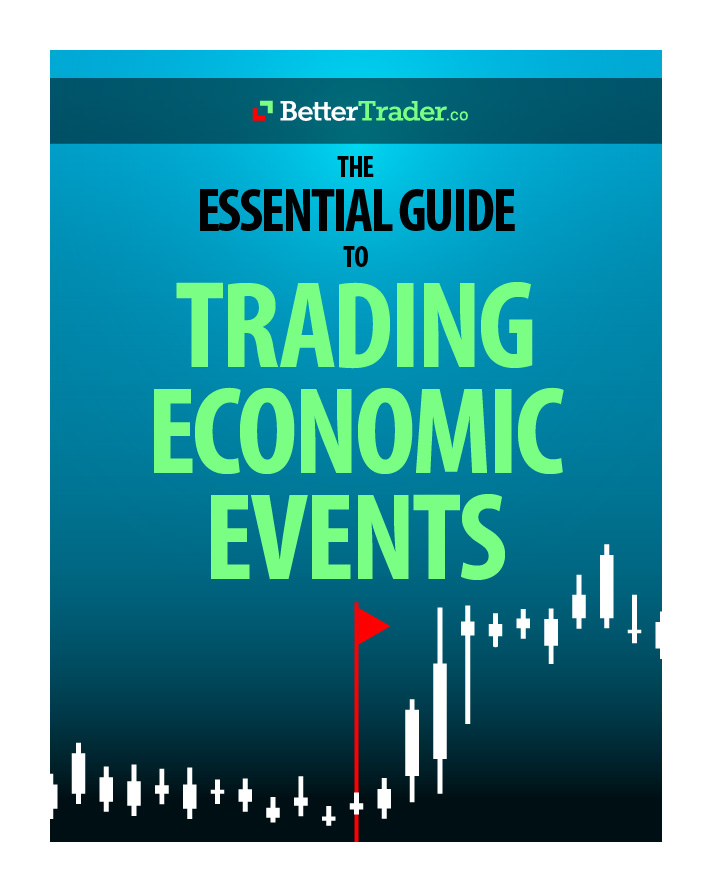The concept of leading and following markets can be applied to generate price-driven triggers for market instruments. The movement of the following market directly correlates, either positively or negatively, with the movement of the leading market. For example, oil may be the leading market for the S&P 500, which is the following market. If the price of oil dramatically rises, traders may expect the price of the S&P 500 Index to rise, too. Therefore, a rise in oil prices presents traders with an opportunity to purchase the S&P 500 and earn profits. Instead of presuming the direction of the S&P 500, traders can conduct an educated analysis of oil prices.
Traders gain a competitive trading edge by analyzing price-driven triggers. However, the role of the leading and following markets are often ambiguous; oil prices do not always positively correlate with the S&P 500. In fact, the S&P 500 can be the leading market and oil the following market in certain situations, or the two variables can have no correlation at all. For any given leading market, there may be multiple following markets. Backtesting allows traders to discover statistically significant relationships and correlations between leading and following markets. For example, given that the S&P 500 moved up 30 points during the last fifteen times that oil moved up by $1.5, if the S&P 500 moves up by 30 points, then it is beneficial for traders to analyze the price of oil. Backtesters analyze these price movements of market instruments and generate informed trade ideas. Similar to price-driven trade ideas, the backtester generates a risk/reward ratio, profit target, stop loss for each leading and following market relationship that it identifies.

Traders do not have to predict price movements. Trading the follower can give traders a competitive edge. Instead of trying to simply trade oil or the S&P 500, traders can identify a correlation between two instruments, one of which is the lagging market and reacts slower than the leading. Then, trades become substantially easier because traders are following proven historical techniques. The idea of a backtester is to signal over time when trades work and when they stop to work. Automated tools can identify multiple following markets and notify traders when there is no longer a statistical relationship between two variables.
Continue to the next part of our backtester series here.













